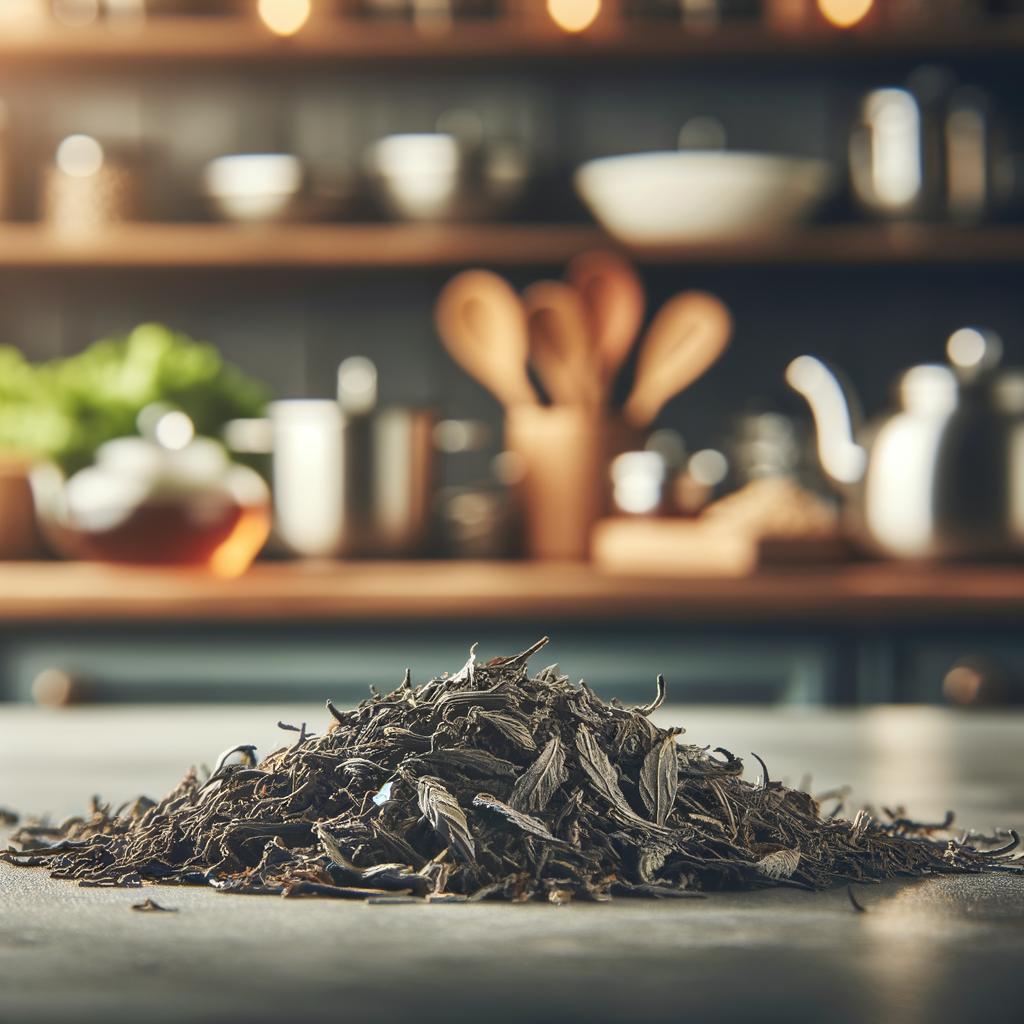Earl Grey Tea Leaves

Description
Earl Grey tea leaves are a delightful ingredient, steeped in mystery and elegance. The leaves themselves are a rich, dark hue, resembling the color of an old, well-loved book. They are typically dried and curled, with a texture that is both rough and delicate to the touch. The flavor profile of these leaves is complex and inviting. They offer a robust base of black tea, layered with the distinctive, citrusy aroma of bergamot oil. This unique combination sets Earl Grey apart from other teas, offering a taste that is both comforting and invigorating.
Primary Uses
Earl Grey tea leaves are primarily used to brew the tea of the same name. This beverage is a staple in British tea culture and has found its way into a variety of cuisines around the world. It's often enjoyed in the afternoon with a slice of cake or a biscuit. Beyond its use as a beverage, Earl Grey has also been incorporated into cooking and baking, adding a unique twist to dishes like cookies, cakes, and even savory sauces. Its citrusy notes have also found use in cocktails and other beverages. While its primary use is culinary, the aroma of Earl Grey has been used in aromatherapy for relaxation and stress relief.
History
The history of Earl Grey tea is as intriguing as its flavor. It's named after Charles Grey, the 2nd Earl Grey, and former British Prime Minister. Legend has it that the recipe was gifted to the Earl by a Chinese mandarin whose son was rescued by one of Grey's men from drowning. However, the truth of this story is uncertain. What we do know is that the use and popularity of Earl Grey have evolved over time. It has transitioned from an exclusive luxury to a beloved staple in many households worldwide. The romantic narrative of its origin continues to add to its charm and allure.
Nutritional Information
In terms of nutrition, Earl Grey tea is a low-calorie beverage that offers several health benefits. It's rich in antioxidants, particularly flavonoids, which are known to promote heart health. The bergamot oil in Earl Grey has been found to have potential cholesterol-lowering effects. It's also a good source of hydration and can aid digestion. Compared to other teas, Earl Grey has a similar nutritional profile but stands out due to the unique benefits of bergamot. Its moderate caffeine content makes it a healthier alternative to coffee or energy drinks. As with all foods, it's best enjoyed in moderation to avoid potential risks such as caffeine sensitivity.

